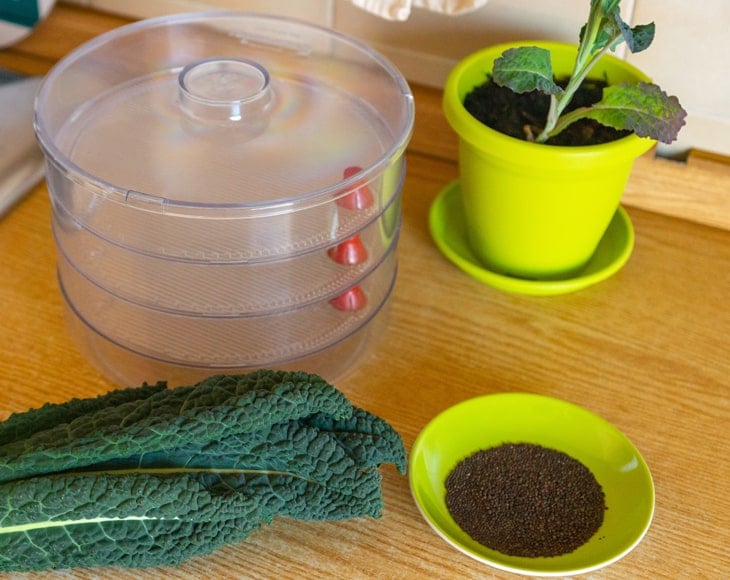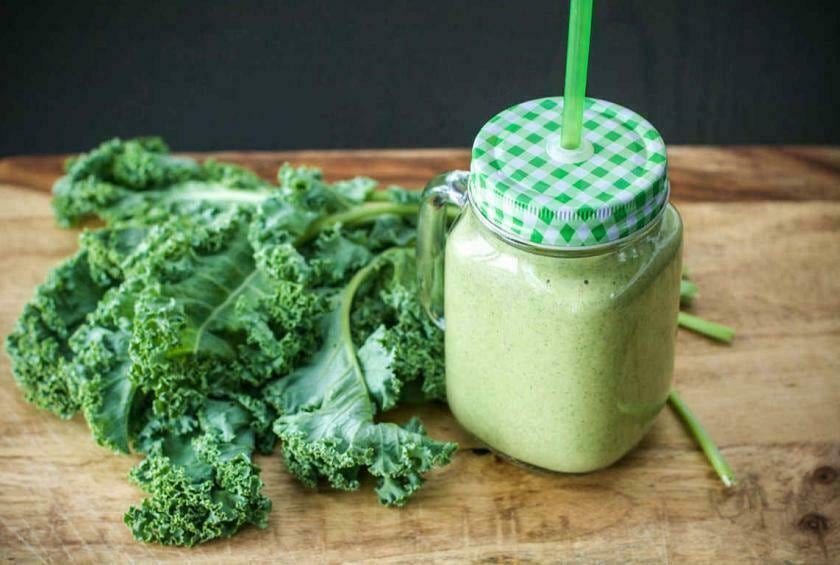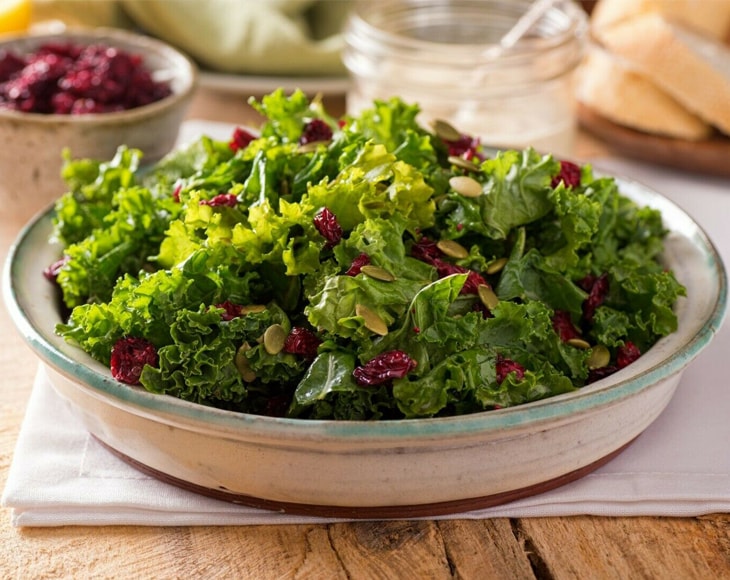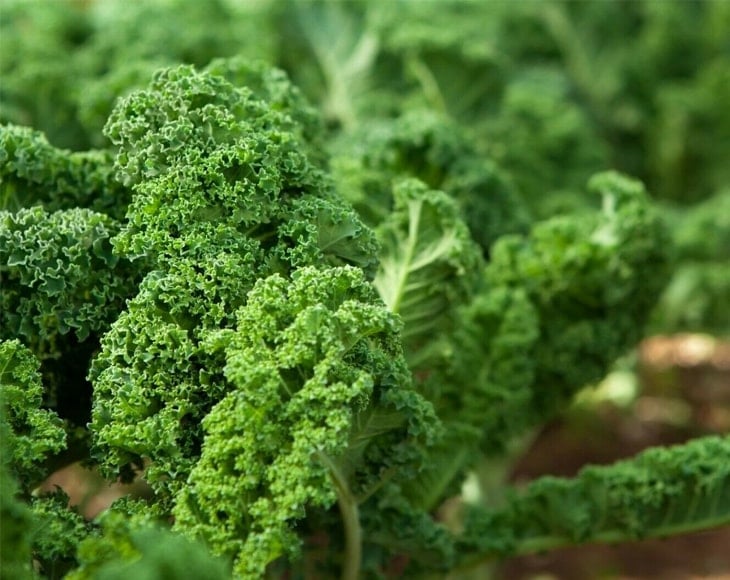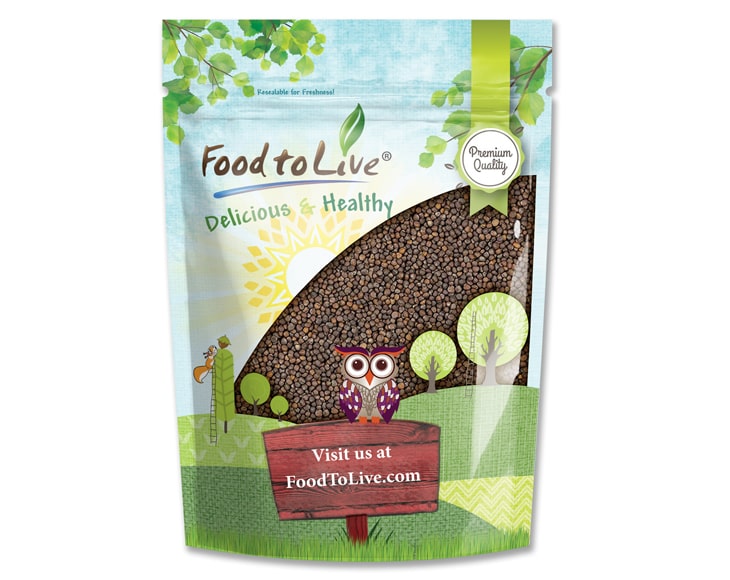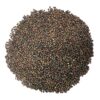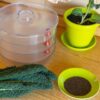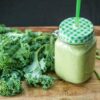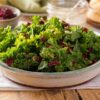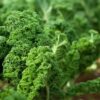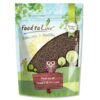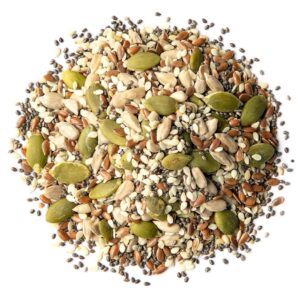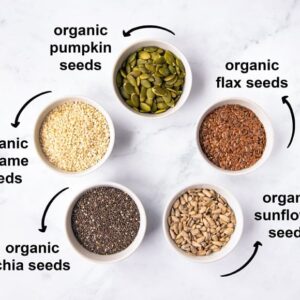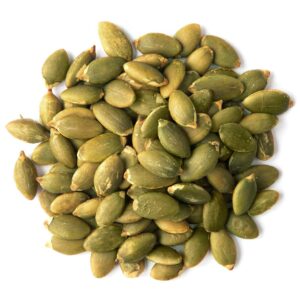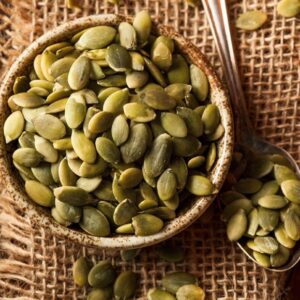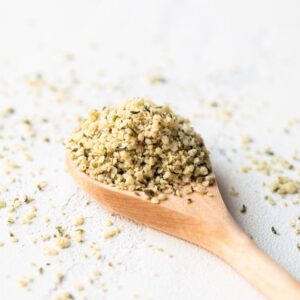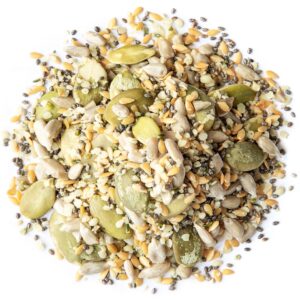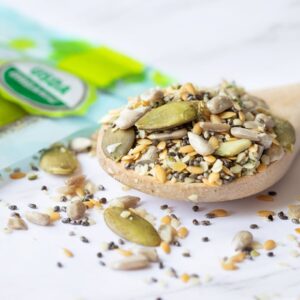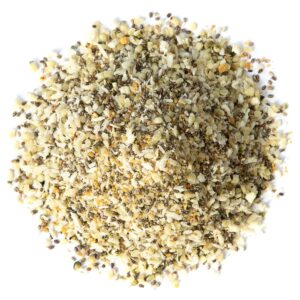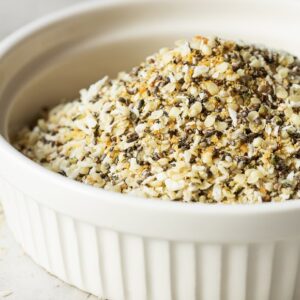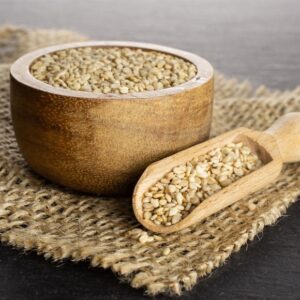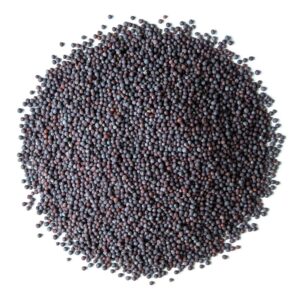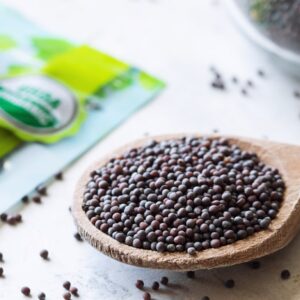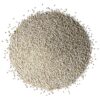Kale belongs to the cabbage family, which means it is a close relative of white cabbage, broccoli, and cauliflower. Amino acid content Kale is identical to meat, 200 grams of this vegetable gives the body the necessary daily dose of protein. Moreover, with amounts of calcium, this vegetable is superior to milk. The leaves content includes omega-3 fatty acid, which is equal to its amount in fish products. Thus, Cabbage Kale is popular and indispensable in vegetarian cuisine, as it allows you to replenish the body with vitamins and beneficial substances found in meat. This product is useful for the human body because it contains many vitamins and minerals. In its composition, such vitamins as A, C, K, PP, and vitamins of group B: B6, B2, B1. Besides, there are minerals, such as beta-carotene, potassium, calcium, sodium, magnesium, and phosphorus. The calories of Kale are only 50 kcal per 100 grams of the product. To get the maximum benefit from eating Kale, you need to use it fresh. You can also add kale leaves to soups, vegetable stews, cook light garnishes for meat and fish, fillings for pies, dry, freeze.
Cultivation of Kale Seeds
Should be planted in early spring, as it is not afraid of frost, because of cold weather, its leaves become only sweeter.
- You need to take a few jars and fertile soil. Plant 1-2 seeds in each jar and cover with plastic wrap.
- Seeds germinate in 5 – 7 days, then you need to remove the plastic wrap from the jars.
- It would be best if you chose a place for planting lited well by the sun — cabbage planted at a distance of 20 inches from each other.
- The main requirements for care are watering and loosening the soil. Over the summer, you need to loosen the soil several times. Kale loves moisture, because in the hot summer, it may be necessary to water it almost every day, but you should let the soil dry out between waterings.
- You can cut the leaves for 2-3 months after landing when they reach a length of 8 inches.
Kale seeds from Food to Live have a high germination rate. They will provide you with delicious and nutritious sprouts that are so beneficial to your health.
How to Sprout Kale Seeds at Home
- Yields approximately 3 Cups (1/2 lb.) of Sprouts. Prep 3 Tablespoons of seed, then transfer into a bowl or into your Sprouter. Add 2-3 times as much cool (60°-70°) water. Mix seeds up to assure even water contact for all.
- Allow seeds to soak for 6-12 hours. Empty the seeds into your Sprouter (if necessary). Drain off the soak water. Rinse thoroughly with cool (60°-70°) water. Drain thoroughly! Set your Sprouter anywhere out of direct sunlight and at room temperature (70° is optimal) between Rinses. Ensure sufficient air-circulation is provided.
- Always be sure to Drain very thoroughly. The most common cause of inferior sprouts is inadequate drainage. Rinse and Drain again every 8-12 hours for 3 days.
Enjoy Your Homemade Sprouts



